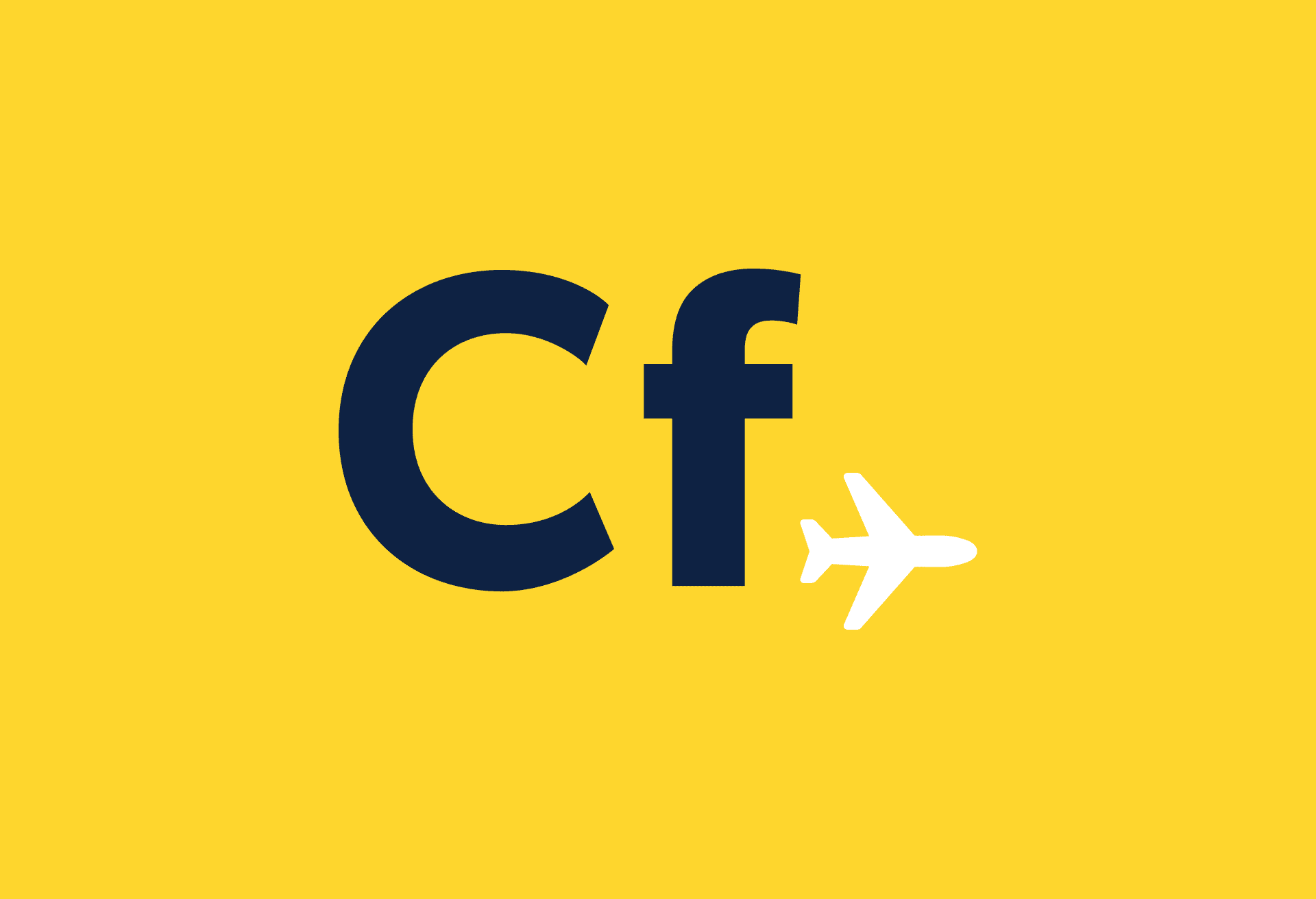Despite its inhospitable climate and terrain, California‘s Death Valley is attracting more and more visitors each year, all hungry to sample this land of extremes…
Many would assume that Death Valley, which lies in the Mojave Desert in Eastern California, earned its name thanks to its soaring temperatures. However, it wasn’t the heat – which regularly tops a scalding 50 degrees during the summer months – that coined its sinister moniker. The barren area was named by a group of pioneers who were lost in the valley in the winter of 1849-1850. While only one of their group perished, each man assumed that this valley would be his grave, so they gave the area its haunting name.
Death Valley is the lowest, driest and hottest valley in the US, and holds the record for the highest reliably reported temperature in the Western hemisphere – 56.7 degrees at Furnace Creek in 1913. Alongside Furnace Creek, many of the hotspots within the 7,800 square kilometres (3,000 square miles) worth of valley have names suggestive of their location – a day trip to Stovepipe Wells or Last Chance Canyon anyone?
Death Valley is a true land of extremes: while the valley slopes to almost 91 metres (300 feet) below sea level, the Mojave Desert, which lies to the south, boasts spectacular mountain ranges rising to 1,524 metres (5,000 feet). This desolate, harsh landscape boasts a myriad of sights, from sand dunes to snow-capped mountains, coloured-rock formations, rainbow-coloured wildflowers and native wildlife. Its geographical diversity means that roads which are hot enough to sizzle an egg on during the summer can record temperatures of below freezing come December, while the surrounding mountains are dusted with snow.
So, where to stop on your road trip through Death Valley? Don’t turn yourself into the star of a bad Hollywood horror film – remember to take a fully charged mobile phone, a full tank of petrol, food and, most importantly, far more drinking water than you think you will need. Drink at least four litres (eight pints) of water a day, even if you don’t feel thirsty – you will be losing moisture through sweating and this must be replaced. During the summer months, avoid cycling or walking at anytime other than dawn or dusk, when the temperature is slightly cooler. Remember – don’t go to Death Valley unprepared – it didn’t get its name for nothing.
The truly awe-inspiring Mojave National Preserve is the geological, cultural and historical heart of the Mojave Desert, so drink in its phenomenal sights, alongside The Death Valley National Park – long prized for its native wildlife and natural beauty. The park was established as a national monument in 1933.
Badwater is one of the most famous sites in the valley – a salty spring which is reportedly the lowest point in the Western Hemisphere. Badwater offers stunning views over the mountains, including the 3,368-metre (11,000 feet) Telescope Peak. If you are keen to see how people used to live in Death Valley last century, Rhyolite Ghost Town is well worth a visit. It was the largest town in the area during the mining boom of the early 1900s, and is now a popular tourist site where visitors can see an old schoolhouse, train depot, former jail and a house constructed completely out of bottles.
Scotty’s Castle, tucked into the green oasis of Grapevine Canyon in far northern Death Valley, gives a fascinating glimpse into the Roaring 20s and Depression 30s. Park Rangers in period clothing present 1939 living history tours of the Castle each day. Until 23 April, the first tour of the day starts at 9am, running throughout the day until 5pm. From 24 April until 5 November 2011, the first tour kicks off at 9.30am, with the last tour of the day at 4pm. Tickets are a bargain $11 (£7.50) for adults and $6 (£3.50) for children under the age of 15.
Search and compare: cheap flights to California



